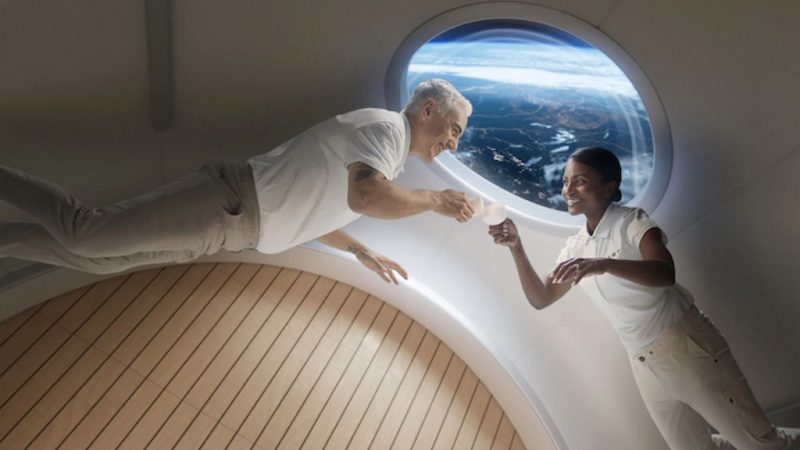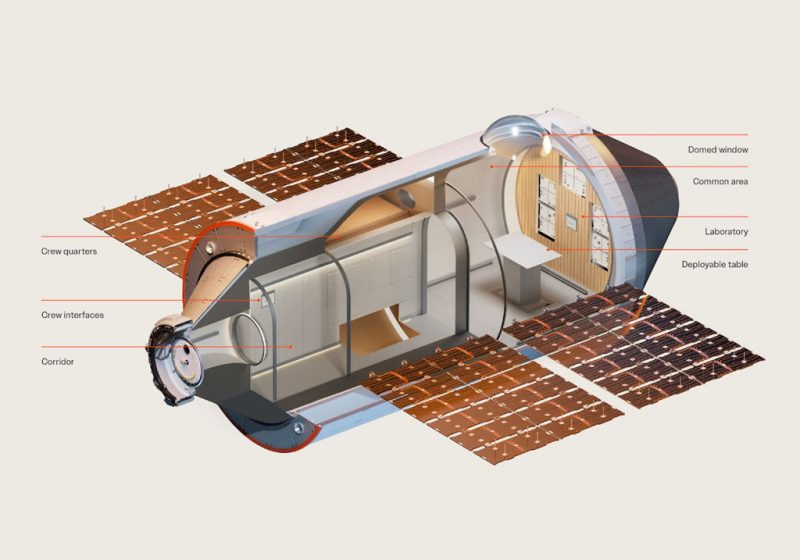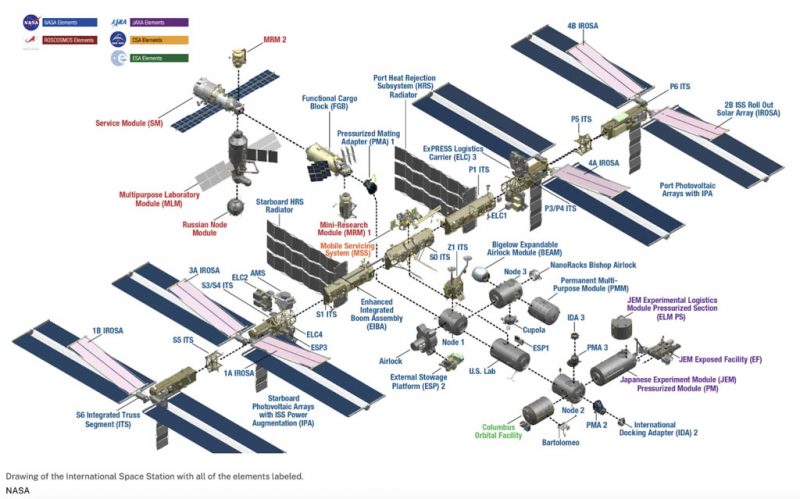
SpaceX and Vast Aim to Revolutionize Space Habitats with Haven-1 Space Station
The space race is evolving, and with it, the future of living and working in Earth’s orbit. As NASA prepares to decommission the aging International Space Station (ISS) by 2030, private companies are stepping up to design and build the next generation of space habitats. One of the most ambitious projects is Vast’s Haven-1, a futuristic capsule that SpaceX plans to launch as early as 2025.
A New Vision for Space Habitats
Haven-1 represents a significant shift in the design of space stations. Unlike the ISS, which has been described as a cluttered, necessity-driven laboratory, Haven-1 embraces a minimalist approach. Its sleek design includes hidden equipment, spartan wall panels, and even fire-resistant maple wood veneer slats to add a touch of natural warmth. This capsule aims to redefine what it means to live and work in space.
IS YOUR COMPUTER SECURE?
FREE Malware Removal
Detect & Remove Adware, Viruses, Ransomware & Other Malware Threats with SpyHunter (FREE Trial)
IS YOUR COMPUTER SECURE?
FREE Malware Removal
Detect & Remove Adware, Viruses, Ransomware & Other Malware Threats with SpyHunter (FREE Trial)
IS YOUR COMPUTER SECURE?
FREE Malware Removal
Detect & Remove Adware, Viruses, Ransomware & Other Malware Threats with SpyHunter (FREE Trial)
This new station is also much smaller than the ISS. Haven-1 is a single capsule designed to house a four-person crew, whereas the ISS is larger than a six-bedroom house and took over 40 flights to assemble. Despite its smaller size, Haven-1 promises to offer a more comfortable and efficient environment for astronauts.

SpaceX and Vast’s Ambitious Timeline
SpaceX, with its reliable Falcon 9 rocket, will be responsible for launching Haven-1 into orbit. The company has already proven itself with countless successful missions, making it a dependable partner for Vast. However, the timeline for the launch, which is set for the second half of 2025, is ambitious. Designing, constructing, and testing a capsule with life-support systems in just a few years is no small feat.
The project is being advised by retired NASA astronaut Andrew J. Feustel, who has flown three missions to space. Feustel’s experience is critical to ensuring that Haven-1 is built with astronauts’ needs in mind. According to Feustel, every detail, from communication systems to the layout of private spaces, has been carefully designed to improve life in orbit.

Haven-1’s Role in the Future of Space Exploration
If Haven-1 is successful, it could serve as a stepping stone for even larger and more advanced space habitats. Vast has plans to launch a larger module by 2028, and by the 2030s, the company hopes to build Artificial Gravity Stations that can house crews of up to eight people. These stations could play a crucial role in scientific research, space tourism, and even preparations for missions beyond Earth’s orbit.
Meanwhile, NASA is focusing on its long-term goals, which include establishing a permanent presence on the moon and using it as a launchpad for missions to Mars. The collaboration between private companies like Vast and government agencies like NASA will be essential for achieving these ambitious goals.

The Future of Space Habitats Is Commercial
As NASA shifts its focus to deeper space exploration, commercial companies are taking on the responsibility of building and operating space stations in low-Earth orbit. Haven-1 is one of the first of these privately funded habitats, and its success could set the stage for a new era of space exploration. With companies like SpaceX and Vast leading the way, the future of space habitats looks bright—and futuristic.
This collaboration between private industry and space agencies offers a glimpse into what the next few decades of space exploration will look like. As technology advances and more players enter the space race, the dream of living and working in space is becoming more of a reality.
Key Takeaways:
- Haven-1: Vast’s capsule designed to house a 4-person crew, launching as early as 2025.
- Sleek Design: Minimalist, space-efficient, and focused on astronaut comfort.
- SpaceX’s Role: Reliable Falcon 9 rocket to carry Haven-1 into orbit.
- Long-Term Goals: Vast aims to build larger modules and Artificial Gravity Stations in the 2030s.
- NASA’s Focus: Shifting to the moon and beyond, leaving low-Earth orbit to private companies.
The next era of space stations is upon us. Haven-1 is just the beginning of a new chapter in space exploration.